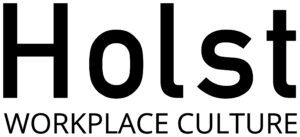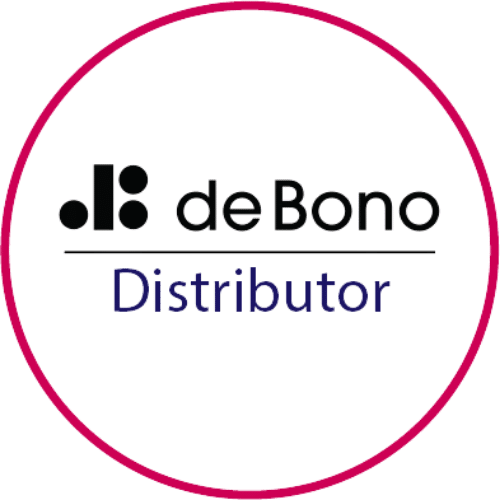Written for teams and easy to use, the flowprofiler® team reports can be used in team sessions, for benchmarking and team profiling. We talked to Waterfield about their experience of flowprofiler® assessments, team reports and facilitated sessions.

The flowprofiler® Case Study: Waterfield
Fiona Nuttall - The Setting
The team took the resilienceflow® assessment during the uncertainty of the early part of the pandemic as the business was pivoting to adapt. It was helpful to have some clarity as to how they were as individuals, but also how the team was going. The team normally works autonomously and as a ‘dislocated’ team, but there was less connection and was in the process of redefining what they did, pivoting to a virtual world. resilienceflow® helped to maintain a level of connection.
Twelve months later the team re-took resilienceflow®, this time with motivationflow®. The resilienceflow® retest was really helpful because they could see they were okay. They were still on track and were beyond survival. They were starting to thrive. It showed where there were gaps and where there were strengths.
The motivationflow® assessment was valuable in showing that the team has differences in what motivates each individual. It allowed language and conversation that would not have been possible without the specific definitions given by flowprofiler®. The assessment gave the time and space to have the opportunity for conversation. In addition to having the chance to step back and review individually, there was also a facilitated session which created the environment for discussion that would otherwise have been difficult to have.
flowprofiler® is a great tool for giving clarity about the individual and team, creating a language and helping to look at gaps and growth opportunities.
Fiona Nuttall, Waterfield
Shona Wilson - The Team Session
This was a whole team session reviewing the results from 2020 and 2021. The online workshop was interactive and felt like it went quickly. We discussed our thoughts while viewing Waterfield as a team of individuals. Breakout rooms within the session allowed for debate in small groups and then to debrief back to the full group seamlessly. The remote session really felt no different to being in the same room.
The session was tightly held and allowed each individual to share their views and extend beyond that to group team learnings. The ability to review individual feedback and then assess it as a team was very valuable. The process allowed insights in the business that would normally go unnoticed in day-to-day delivery.
Having the team work together to assess resilience and motivation is not an area that most organisations make the time to discuss. It was a pleasant surprise to discover how the process provided a space to reflect and analyse our motivation as a team. Waterfield is a collaborative team that works well remotely and uses technology to remain connected but this enables another level of insight.
Referring to flowprofiler®’s graphical data and descriptors ensured that we were able to have collaborative alignment across the organisation. As a team, we brainstormed and developed an action plan for better ways to work. The facilitator was able to show how the report results transfer across into a practical everyday work environment.
I felt very supported through the whole process, from the individual results to what the flowprofiler® reports meant for me and also the opportunity to view the team results through a company-wide lens. The team developed a better understanding of individual needs and certainly a better understanding of what resilience and motivation are made of.
Shona Wilson, Waterfield
flowprofiler® team reports
The flowprofiler® team report language is simple, using short definitions that are easy to understand and easy to use in team sessions. There is no limit or minimum to your team size, the reports work for teams from 2 to 200+. The report generates a STEN score page with team charts that show two states – day today and when under pressure – and sit on the same page for easy visual comparison. The charts display the number of people who achieve each result and all the results from the team are reported. Users can choose whether to show names in the report or to anonymise the results for privacy and also depending on how the team reports will be used.
The reports provide detailed feedback in both states (day today and under pressure) across all the dimensions of the assessment. They also include ‘probe’ questions for use in the team sessions to really get to the crux of what your team can improve on, and also what they do well. Understanding more about the latter will really help the team to develop in the weaker dimension of the assessed skills. Team reports can also be pulled retrospectively from previously completed flowprofiler® assessments.
The next section details and defines each dimension. The reports focus on the average score of the team, which generates the content. However, the scale includes the spread of scores which helps to identify any outliers in your team. Although you may be aware of these individuals, the report helps you to understand more about the impact they have and how their behaviour manifests in the team. Each dimension is reported on in turn and the report finishes with an action plan where your team can record their commitment to ongoing development.
If you would like to experience the benefits that flowprofiler® assessments and team sessions can bring to your organisation, contact us below or call +44 (0) 203 111 9292.
Contact us ...
flowprofiler® and associated marks are registered trademarks of Chalmers International Limited | All rights reserved
eqflow® and associated marks are registered trademarks of Chalmers International Limited | All rights reserved
resilienceflow® and associated marks are registered trademarks of Chalmers International Limited | All rights reserved
motivationflow® and associated marks are registered trademarks of Chalmers International Limited | All rights reserved





